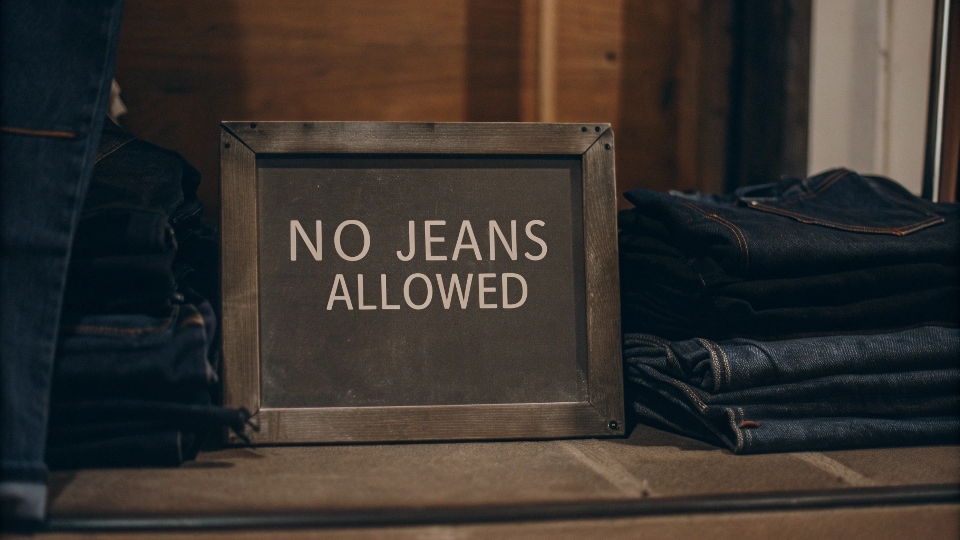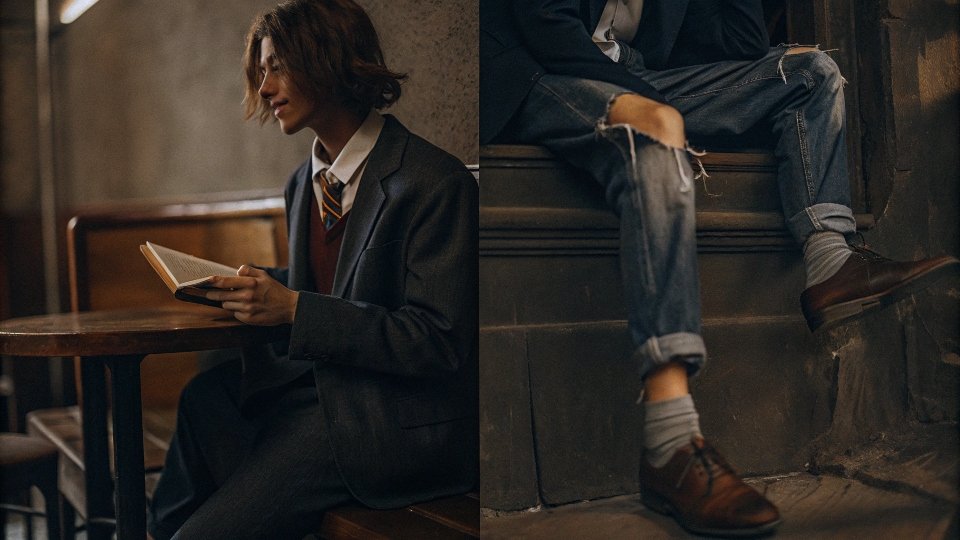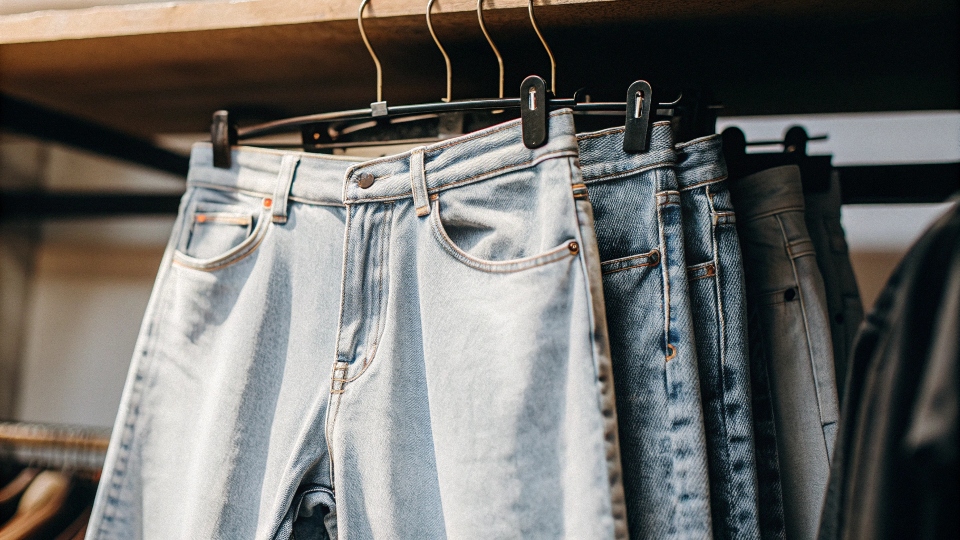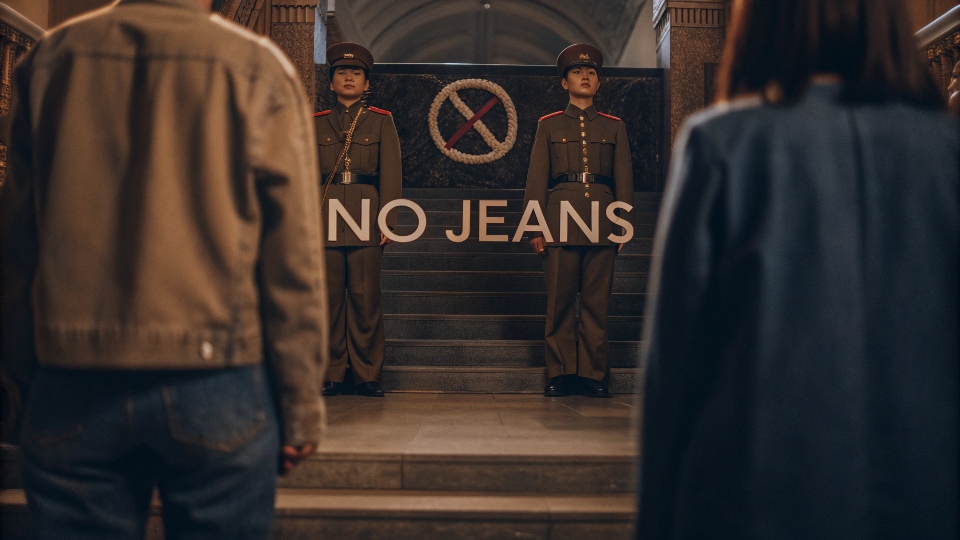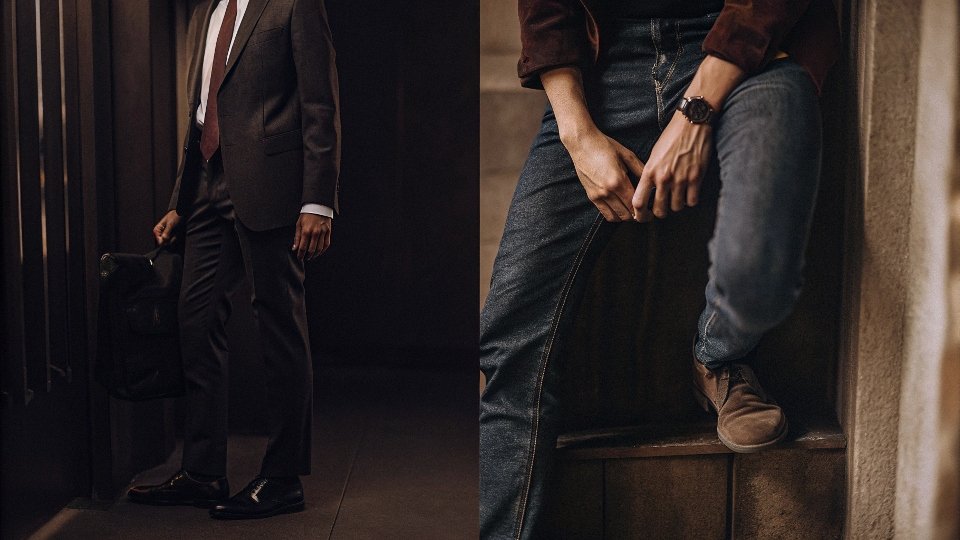Your child gets a note sent home, or you remember the rule from your own school days. Jeans, the most common pants in the world, are banned. It feels like an arbitrary, outdated rule.
Schools prohibit denim primarily because it's viewed as too casual, which they believe undermines a serious academic atmosphere. The huge variety of styles, from ripped to faded, also makes it difficult for schools to enforce a uniform standard of neatness.
In my two decades of making jeans, I've seen denim evolve from simple workwear into a massive fashion category with endless styles. We can add rips, fades, studs, and patches to create any look a designer wants. This incredible variety is exactly why many schools just throw up their hands and issue a blanket ban. For them, it's simpler to prohibit all jeans than to define what a "proper" pair looks like.
Why Are Jeans Not Allowed in Schools?
You're trying to get your kids ready for school, and their favorite pants are off-limits. You wonder what the real logic is behind this common and frustrating rule.
Jeans are often not allowed because of their historical association1 with rebellion and casual, non-academic life. Schools also find it easier to ban them entirely than to regulate the endless variations like rips, heavy fades, and decorative elements.
When you look at it from a school administrator's point of view, you start to see the practical challenges. In my factory, we produce dozens of different denim "finishes." Some are clean and dark, while others are heavily distressed to look 20 years old. A school's core goal is to create a focused learning environment, and they often believe that a uniform appearance helps achieve this.
The Problem of Perception
Historically, jeans were the uniform of laborers and, later, the symbol of youth rebellion in the 1950s. This created a strong cultural link2 between denim and a "non-serious" attitude. While this is an old idea, that tradition still influences many school handbooks. They feel that more formal clothing, like khaki pants, encourages a more serious mindset for learning.
The Challenge of Uniformity
Even if a school wanted to allow jeans, which ones would be acceptable? Dark wash only? No rips? What about decorative patches or embroidery? It creates a management nightmare. A simple "no denim" rule is much easier to enforce than a complex list of what is and isn't allowed. It also, surprisingly, can be a way to reduce social pressure3. By banning designer jeans along with all others, schools can prevent students from being judged based on the price of their clothing.
Are Jeans Allowed in Any Dress Code?
You know many schools ban denim, but you wonder if that's a universal rule. Is there a way for jeans to be considered acceptable under some dress codes?
Yes, many modern dress codes, especially in public schools, now allow jeans. However, they almost always come with strict conditions: the jeans must be a solid color (usually dark blue or black), have no rips, holes, or excessive fading.
The conversation around dress codes is changing. Many schools now recognize that a clean, simple pair of jeans can look just as neat as a pair of standard trousers. We see this in the orders my factory receives; there's a growing demand for basic, unadorned denim. These are the kinds of jeans that have a chance of meeting a more modern dress code.
The Difference in Dress Code Policies
| Strict Dress Code (Often Private/Parochial) | Relaxed Dress Code (Often Public) | |
|---|---|---|
| Denim Policy | Complete ban on all denim fabrics. | Jeans are permitted with specific rules. |
| Allowed Pants | Uniform trousers, khaki pants, dress slacks. | Clean, solid-color jeans (no rips, fades). |
| Main Goal | Uniformity, tradition, formal appearance. | Practicality, student comfort, self-expression. |
The key is always in the details. If a dress code allows jeans, it will specify the type. The goal is to avoid the styles that are most associated with casual or "messy" fashion trends4. A simple, dark-wash, straight-leg jean is the most likely candidate to be allowed. It provides the durability and comfort of denim while still maintaining a neat, uniform look that schools prefer. The only way to be sure is to check the school's handbook directly.
What Country Doesn't Allow You to Wear Blue Jeans?
You think your school's dress code is strict. But are there places in the world where an entire country has banned this common piece of clothing?
North Korea is the most well-known country that has banned blue jeans. The government views them as a symbol of American imperialism and Western cultural influence, which goes against the country's strict ideology of self-reliance and conformity.
This is one of those cases where a piece of clothing becomes much more than just fabric. In my business, we see denim as a global product. We ship jeans all over the world. But for the North Korean government, the origins of denim are key. Blue jeans are a powerful American icon, right up there with Coca-Cola and Hollywood movies. Banning them is a political statement.
It's not about being formal or informal. It's about rejecting an entire culture. The ban is part of a larger effort to insulate their society from outside ideas, especially those from the United States. Residents are expected to wear locally produced, state-sanctioned clothing. For them, a pair of simple blue jeans isn't a fashion choice; it's a symbol of a foreign political system. While other conservative regions might have cultural restrictions on certain styles of jeans (like ripped or tight-fitting), North Korea's nationwide ban is unique in its purely political motivation.
Why Are Jeans Seen as Unprofessional?
The anti-denim rule doesn't always stop after graduation. You've probably worked in an office with a "no jeans" policy. Why does this casual reputation stick so strongly?
Jeans are often seen as unprofessional because of their roots as durable workwear for miners and laborers. This "blue-collar" history, combined with their adoption as a symbol of youth rebellion in the 1950s, has created a lasting impression of informality.
When Levi Strauss started making riveted denim pants, he wasn't thinking about boardrooms. He was thinking about gold mines. For the first 70 years of their existence, jeans were tools. They were the uniform of physical labor. This heritage is baked into the fabric, and it's a powerful part of their identity.
From Workwear to "Business Casual"
This perception was strengthened in the mid-20th century when jeans became the uniform of rebellion. They were worn by bikers, rock stars, and protesters—people who were intentionally positioning themselves outside of the corporate, professional world. While fashion has since adopted denim, this old reputation lingers. In a professional setting, the expectation is for clothing that signals conformity, seriousness, and respect for the environment. Jeans, with their history of non-conformity, often send the opposite message. Even as "business casual5" has become more common, jeans are often the last item to be accepted. Typically, only dark, clean, and un-distressed styles are allowed, as they are the furthest removed from their rugged, rebellious past.
Conclusion
Jeans carry a powerful history, from workwear to rebellion. This is why schools and offices often ban them, seeing them as too casual and against tradition, though attitudes are slowly shifting.
-
Delve into the history of jeans and their connection to youth rebellion and culture. ↩
-
Explore how cultural perceptions shape the rules around student attire. ↩
-
Find out how uniform dress codes can alleviate social comparisons among students. ↩
-
Explore the impact of changing fashion trends on school policies regarding attire. ↩
-
Learn about the evolving standards of business casual and the role of denim. ↩

